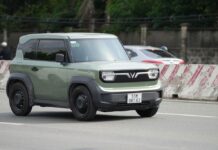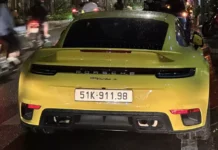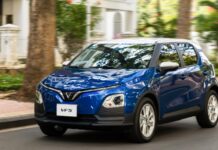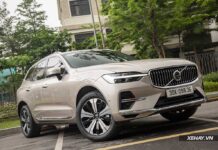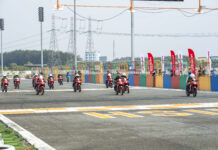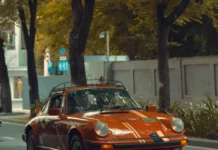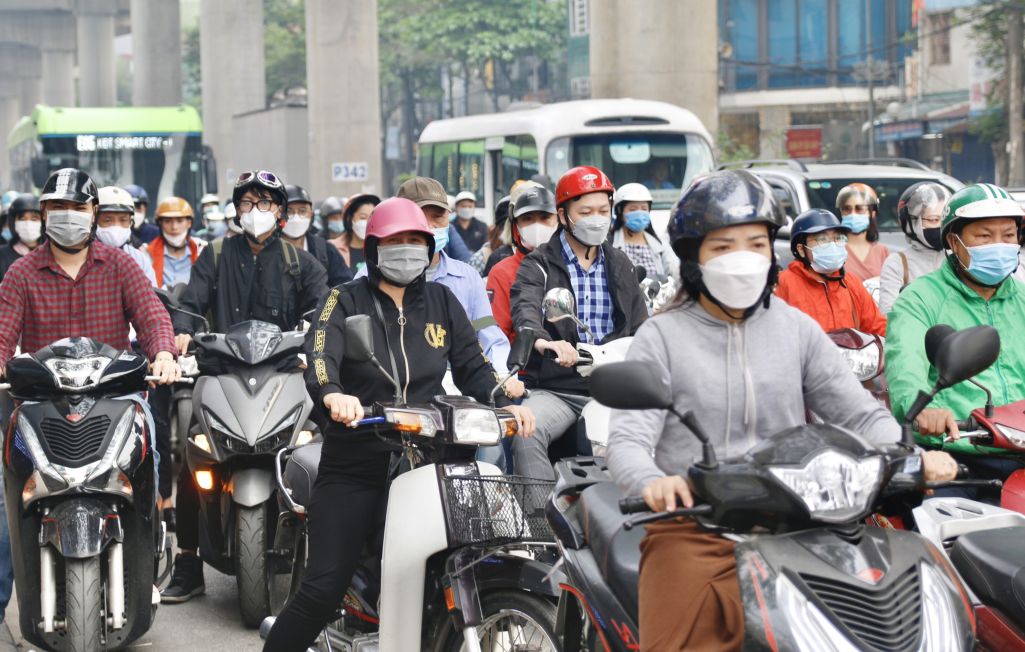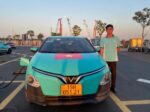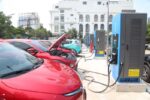During its 28th session from November 26 to 28, the Hanoi People’s Council is set to review and adopt a new resolution replacing Resolution 47/2024/NQ-HĐND. This aims to adjust regulations governing low-emission zones within the city.
Low-emission zones are areas where measures are implemented to restrict polluting vehicles, thereby improving air quality. In its proposal to the People’s Council, the Hanoi People’s Committee outlined a series of management solutions targeting fossil fuel-powered vehicles and high-emission modes of transport.
A notable aspect of the proposal is the halt on new investments and tighter controls on registering new gasoline and diesel vehicles to replace older ones that have reached their lifespan, particularly for vehicles owned by organizations. The city also proposes banning the circulation of fossil fuel-powered trucks over 3,500 kg in designated areas.
Additionally, Hanoi plans to restrict and eventually ban vehicles not meeting Euro 4 emission standards from low-emission zones, either by specific hours or areas. For motorcycles and scooters using fossil fuels, the proposal includes banning ride-hailing services within these zones and limiting or prohibiting personal vehicles during certain times or in specific locations.
The Hanoi People’s Committee acknowledges that restricting gasoline motorcycles is a challenging and sensitive task, directly impacting residents’ daily lives. Therefore, implementation must be meticulously planned, with a clear timeline and comprehensive public communication to shift behaviors and perceptions. The city emphasizes the need for coordinated efforts across multiple agencies to ensure the policy’s effectiveness.
In the immediate term, the Hanoi Department of Natural Resources and Environment suggests banning gasoline-powered motorcycles and scooters from low-emission zones during specific times or in certain areas. Detailed schedules and zones will be outlined in proposals submitted to the People’s Council.
The planned rollout of low-emission zones in Hanoi is as follows:
From July 1, 2026: Pilot program in select areas within Ring Road 1, covering 9 wards: Hai Bà Trưng, Cửa Nam, Hoàn Kiếm, Ô Chợ Dừa, Văn Miếu – Quốc Tử Giám, Ba Đình, Giảng Võ, Ngọc Hà, and Tây Hồ.
From January 1, 2028: Expansion to the entire Ring Road 1 and parts of Ring Road 2. Wards in Ring Road 2 include the 9 wards from Ring Road 1, along with Láng, Đống Đa, Kim Liên, Bạch Mai, and Vĩnh Tuy.
From January 1, 2030: Further expansion to areas within Ring Road 3, encompassing 36 wards and communes, including all of Ring Road 2 and areas such as Cầu Giấy, Yên Hòa, Thanh Xuân, Hoàng Mai, Long Biên, Đông Anh, Phù Đổng, and Nội Bài…
Between 2026 and 2030, the city encourages district-level People’s Committees to proactively establish low-emission zones in their localities. From 2031 onward, areas meeting the specified criteria will be required to implement this model.
Electric Vehicle Charging Stations Blanket Vietnam: From Hanoi to Ho Chi Minh City, Drivers Confident in Seamless Charging Access
In Hanoi and Ho Chi Minh City, VinFast electric vehicle owners enjoy unparalleled convenience with charging stations strategically located throughout both cities. Equipped with high-capacity charging pillars ranging from 60kW to 300kW, these stations significantly reduce charging times, ensuring a seamless and efficient experience for all users.


